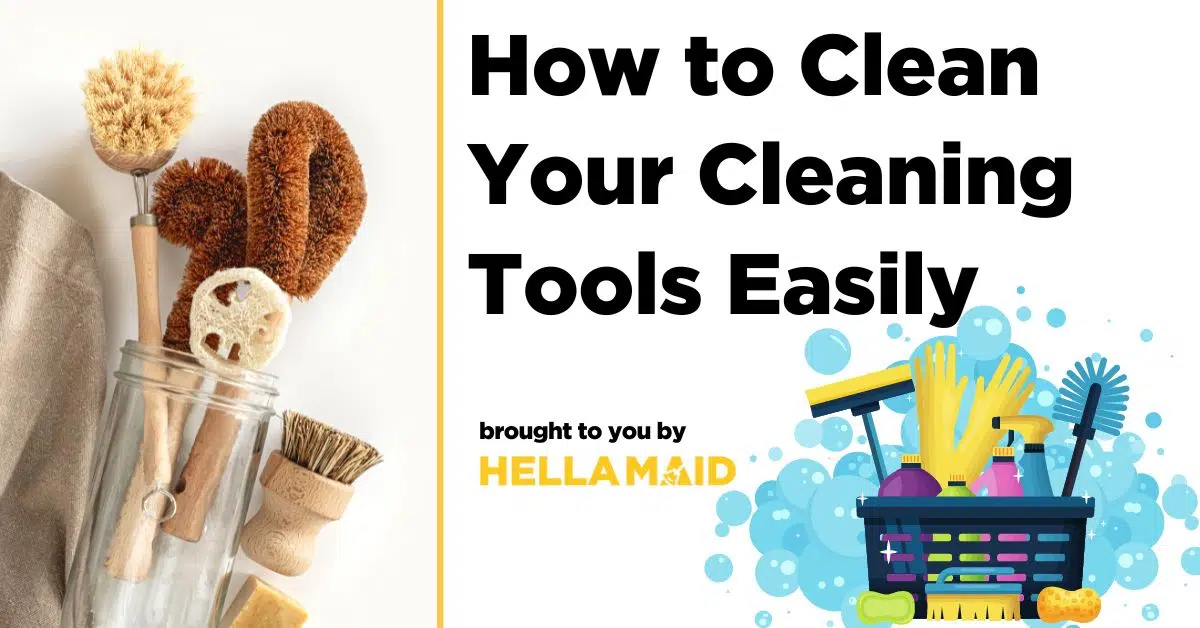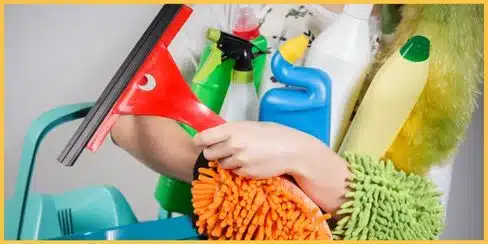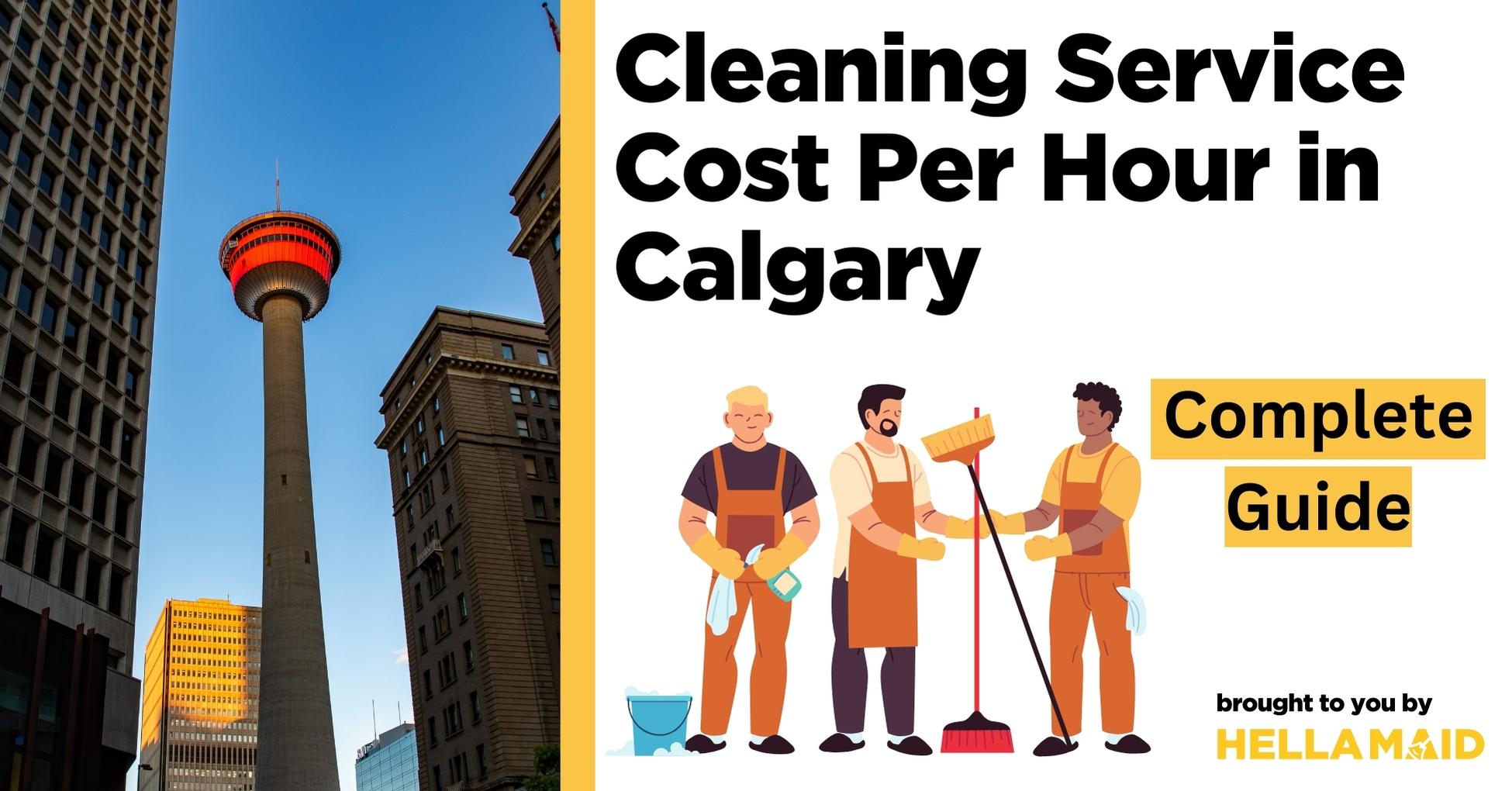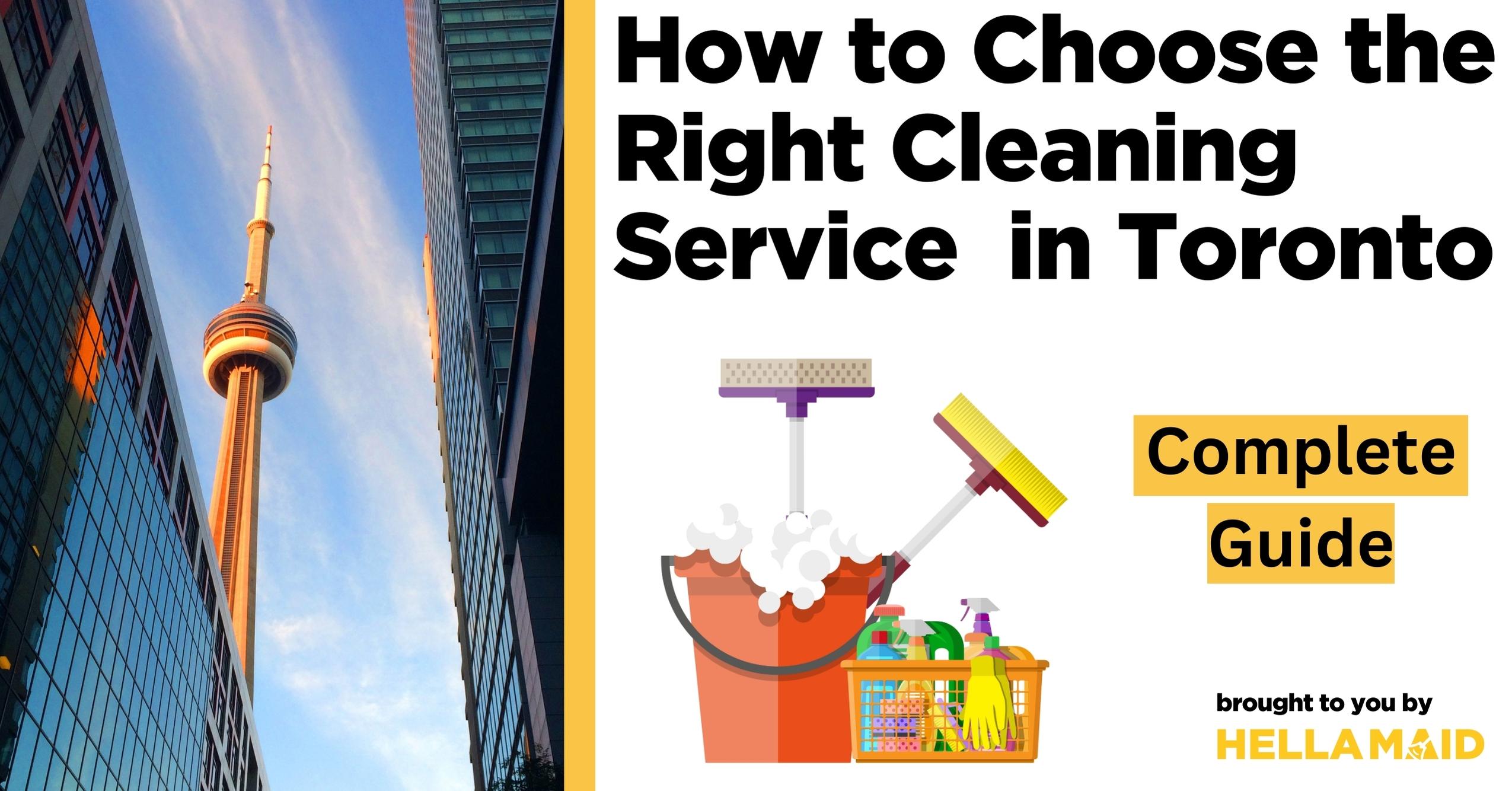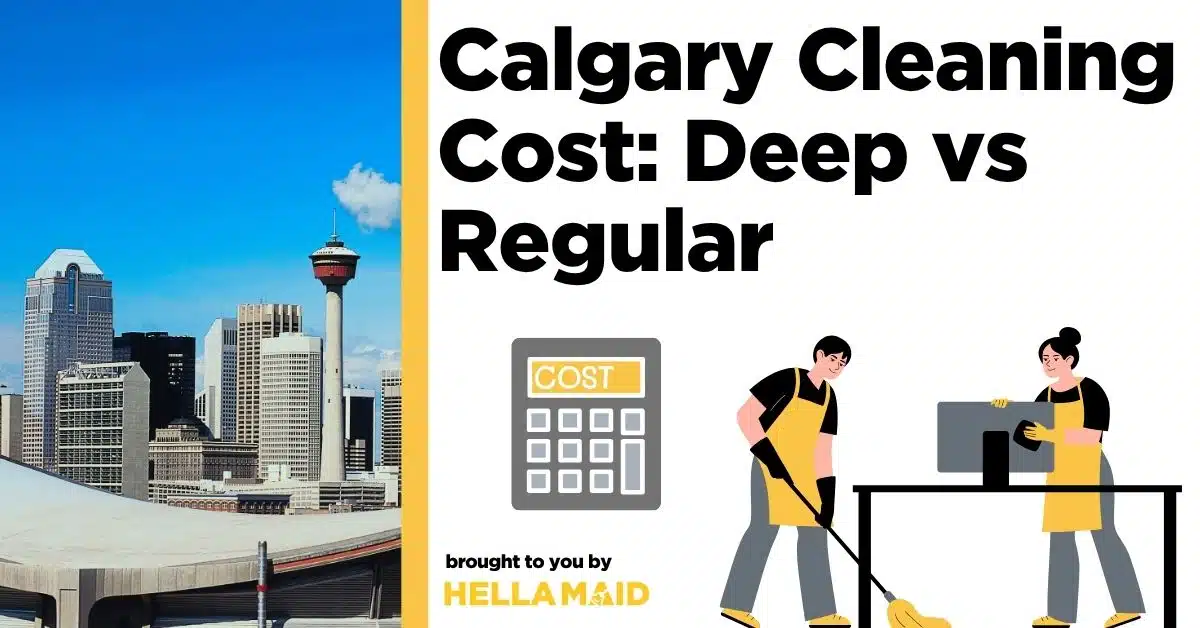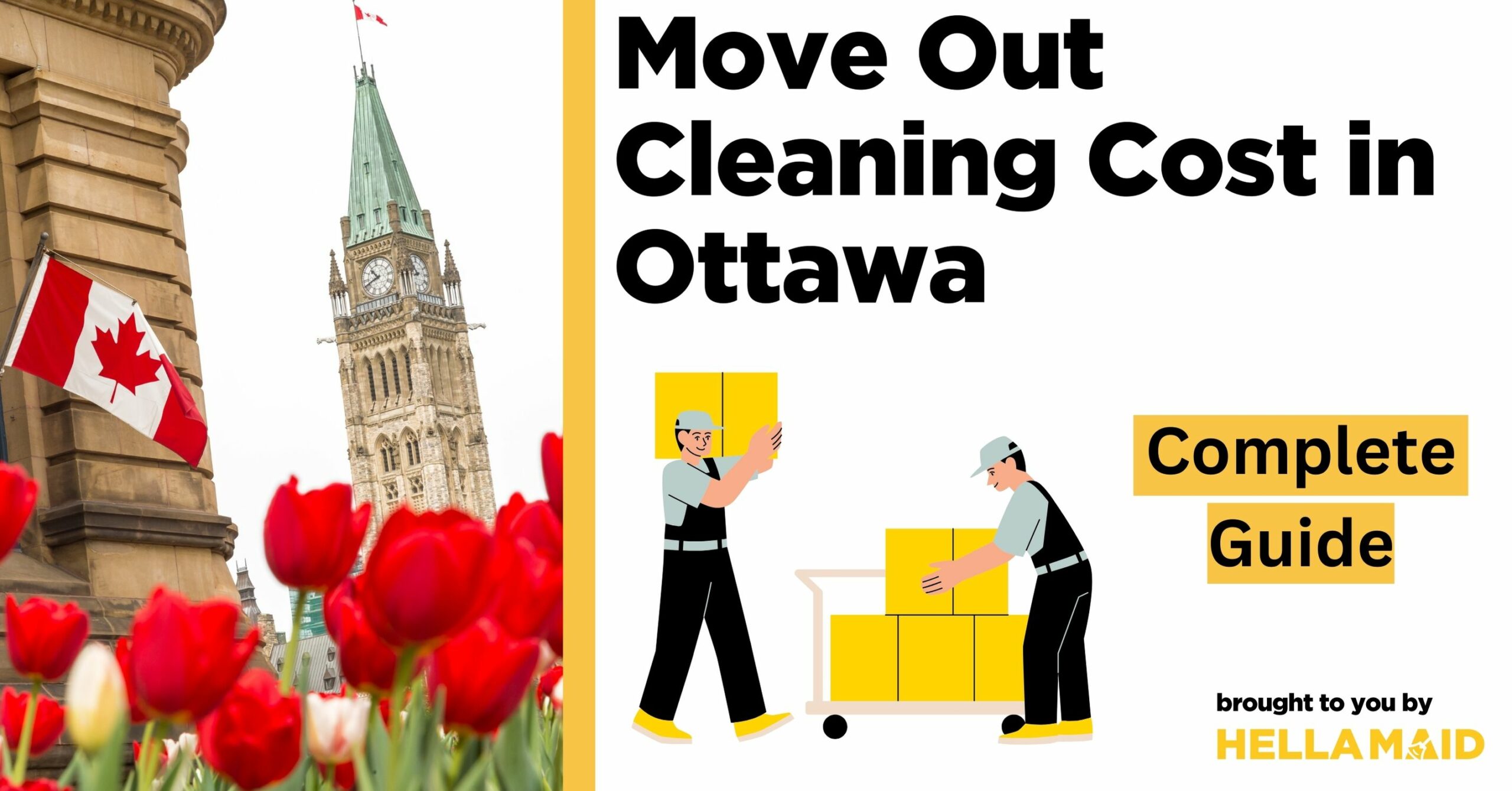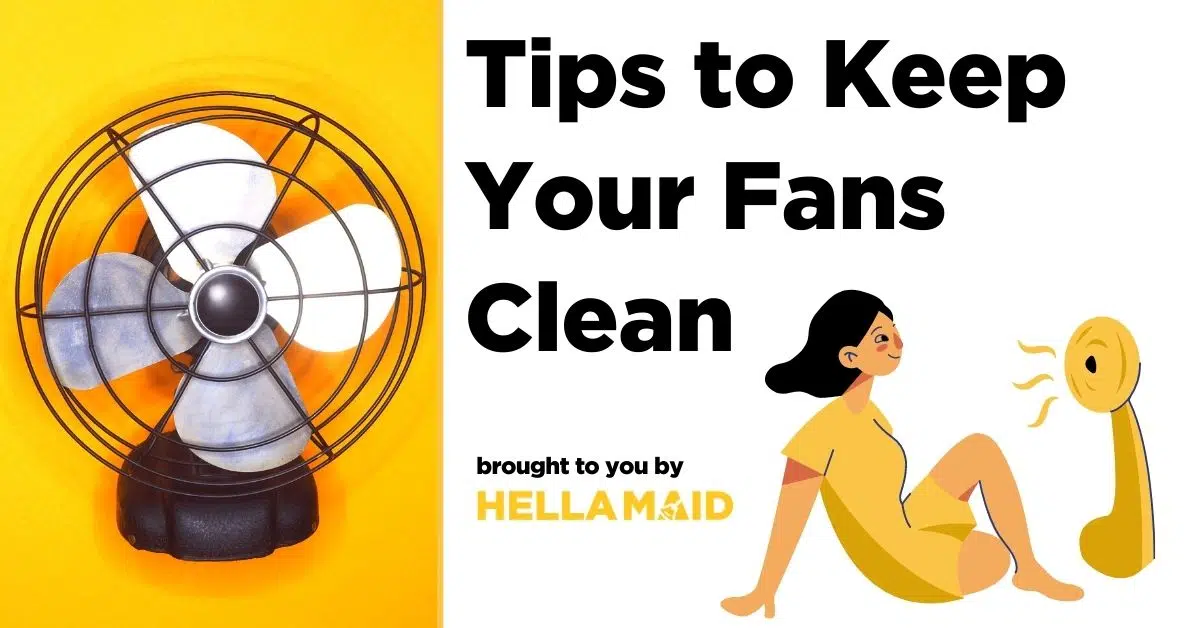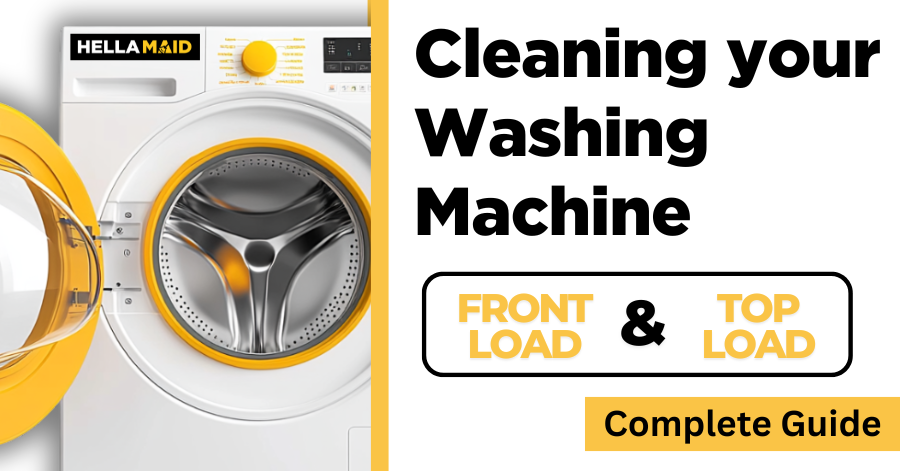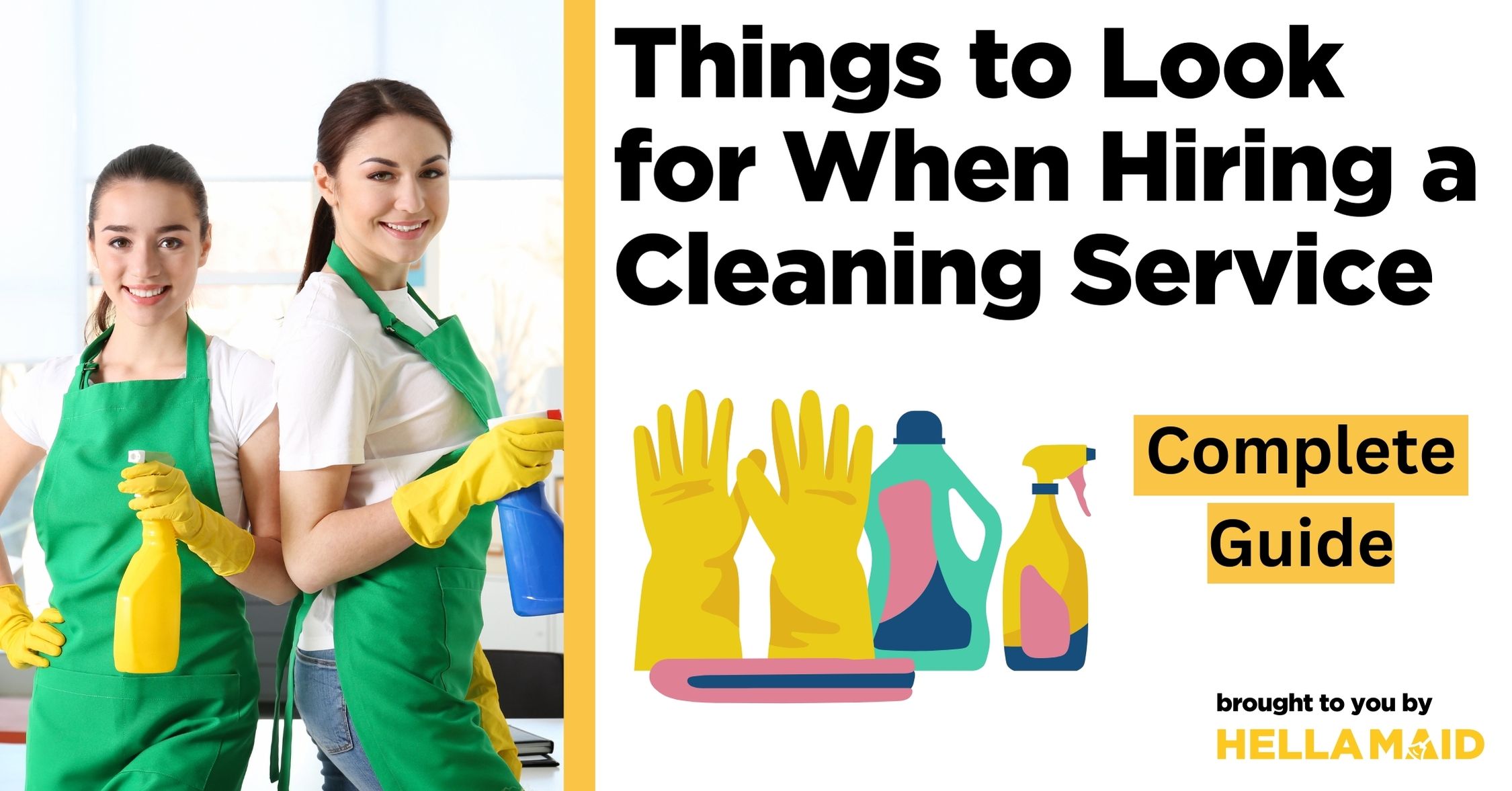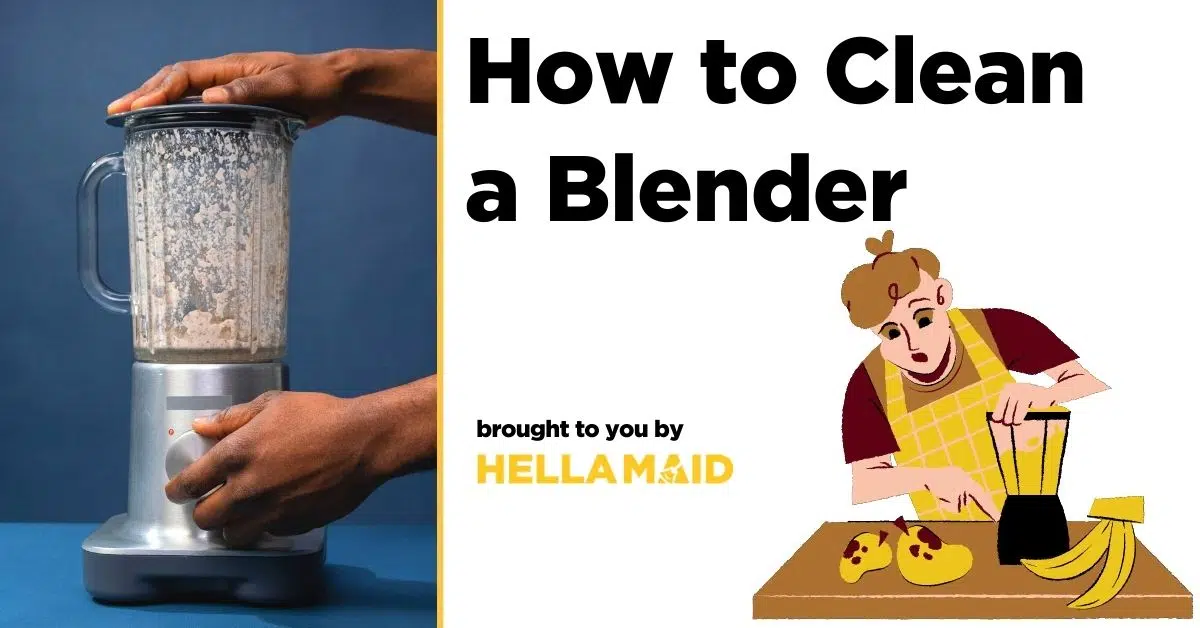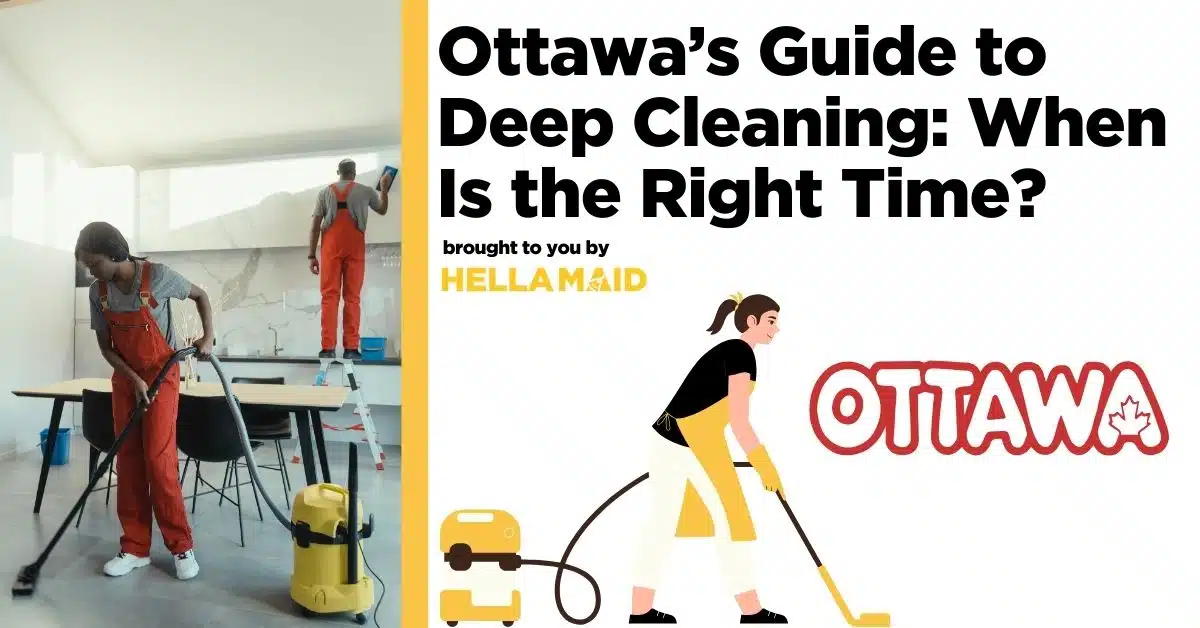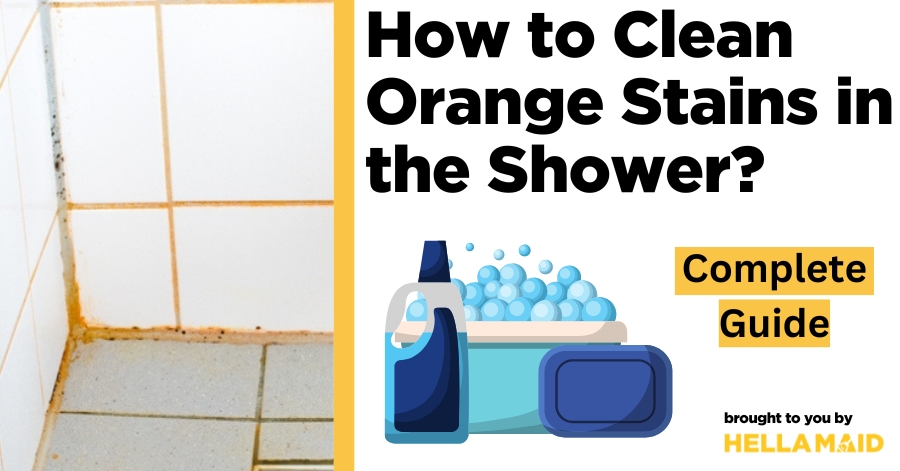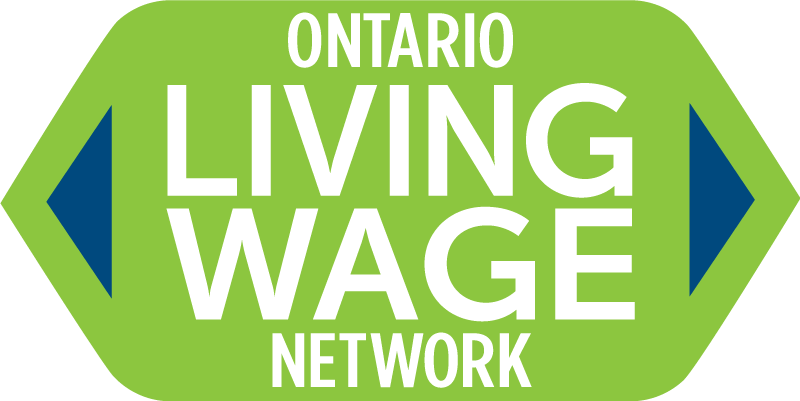Key Points
- Cleaning tools like mops, brooms, dusters, sponges, and microfiber cloths collect dirt and bacteria with every use, so keeping them clean is essential for a truly sanitized home.
- Regular maintenance of cleaning tools, such as washing mop heads, disinfecting sponges, and rinsing buckets or spray bottles, prevents the spread of germs and extends their lifespan.
- Each tool requires specific care, from machine-washing removable mop heads to air-drying dusters and disinfecting sponges with heat or bleach solutions.
- For those who want spotless results without the hassle, professional cleaners like Hellamaid bring their own sanitized tools to ensure a safe and effective clean.
Have you ever wondered why your floors don’t seem as clean as they used to be? Or why that “fresh” scent from your cleaning routine has turned into something less pleasant? The culprit might be hiding in plain sight, your cleaning tools themselves.
Fortunately, this guide will walk you through everything you need to know about keeping your cleaning arsenal in top condition.
Common Cleaning Tools You Use at Home
Before diving into cleaning methods, it helps to know the everyday tools most Canadian households rely on. Recognizing your cleaning arsenal makes it easier to build an effective routine.
Here are the usual cleaning tools:
| Category | Tools | Purpose |
|---|---|---|
| Basic Cleaning Essentials | – Mops – Brooms and dustpans – Dusters – Sponges and scrub brushes – Microfiber cloths and rags – Buckets and spray bottles – Vacuum cleaner attachments | Used for daily and weekly tasks like wiping, dusting, sweeping, and tackling dirt on floors and surfaces. |
| Specialized Tools | – Toilet brushes and holders – Window squeegees – Steam mop pads – Magic erasers – Cleaning gloves | Designed for deeper or targeted cleaning, such as sanitizing toilets, scrubbing glass, and handling stubborn stains. |
Each tool serves a unique role, but they all share one thing in common: they collect dirt and germs during use. Without proper care, they can spread bacteria instead of removing it.
Why It’s Important to Clean Your Cleaning Tools
As mentioned, your cleaning tools pick up dirt and germs with every use. If left unwashed, they can spread bacteria instead of removing it, making your efforts unhygienic and counterproductive.
According to recent studies on household hygiene, dirty cleaning tools can harbor over 10 million bacteriaper square inch. This means using unwashed tools can spread more germs than the original mess you’re trying to clean.
Remember, clean tools also last longer and work more effectively.
How to Clean Different Cleaning Tools (Step-by-Step)
Here’s your comprehensive guide to maintaining each type of cleaning tool effectively:
1. Mop Head
Mops are among the dirtiest cleaning tools since they absorb everything from your floors.
For Removable Mop Heads:
- Remove the mop head immediately after use
- Rinse thoroughly with hot water to remove loose debris
- Wash in your washing machine with regular detergent
- Add ½ cup white vinegar for extra disinfection
- Air dry completely before reattaching
For Non-Removable Mops:
- Fill a bucket with hot water and dish soap
- Swish the mop vigorously for 2-3 minutes
- Rinse with clean hot water until water runs clear
- For disinfection, soak in a bleach solution (1 tablespoon bleach per gallon of water) for 5 minutes
- Rinse again and hang to air dry
Pro Tip: Never store a damp mop in a closed space, this creates perfect conditions for mold and bacteria growth.
2. Broom
Your broom picks up all sorts of things. To keep it effective, you need to clean the bristles.
Here’s how to clean it:
- Remove Debris: Start by pulling any hair, lint, or debris from the bristles with your hands or a comb.
- Wash the Bristles: Fill a sink or bucket with warm, soapy water. Dip the broom bristles into the water and swish them around.
- Rinse and Dry: Rinse the bristles with clean water. Hang the broom up or stand it on its handle to allow the bristles to air dry completely. Storing it bristle-side down can bend them.
3. Duster
Dusters trap particles but can become ineffective when overloaded with debris.
Here’s how to care for each type:
| Microfiber Duster | Feather Duster |
|---|---|
| – Shake outdoors after each use – Wash weekly in warm water with mild detergent – Avoid fabric softener (reduces static attraction) – Air dry to maintain electrostatic properties | – Shake gently outdoors to remove particles – Wash once monthly in lukewarm soapy water – Rinse carefully and reshape while damp – Air dry completely before use |
4. Sponge and Brush
Sponges are notorious for harboring bacteria. To keep them sanitized, you need to regularly clean.
Below is how you can clean them:
Sanitize Sponges: You have a few options here:
Microwave Method: Dampen a sponge and microwave it on high for one to two minutes. Be careful as it will be hot!
Dishwasher Method: Place the sponge on the top rack of your dishwasher and run it through a full cycle with heated drying.
Bleach Solution: Soak the sponge in a solution of one part bleach to nine parts water for about 5 minutes. Rinse thoroughly.
Clean Brushes: Brushes can be cleaned in hot, soapy water. Use an old toothbrush to scrub the bristles clean.
5. Microfibre Cloths
Microfibre cloths are the workhorses of the cleaning world, and these require special care to maintain their effectiveness.
Washing Instructions:
- Separate from other laundry (lint will clog microfibers)
- Use warm water and regular detergent
- Never use fabric softener, it coats fibers and reduces absorption
- Avoid high heat when drying
- For grease stains: Pre-treat with dish soap
- For stubborn odors: Add ½ cup white vinegar to wash cycle
- For sanitization: Wash in hot water (140°F if care label allows)
6. Buckets and Spray Bottles
Often overlooked, these containers can harbour bacteria and even reduce the effectiveness of cleaning solutions.
Here’s how to maintain them properly:
| Bucket Cleaning | Spray Bottle Maintenance |
|---|---|
| – Empty and rinse with hot water – Scrub with dish soap and a brush – Wipe with diluted bleach solution for disinfection – Rinse thoroughly and air dry upside down | – Empty leftover solution after each use |
How Often Should You Clean Your Cleaning Tools?
The frequency depends on how often you use them. Here’s a quick guide:
| Cleaning Tool | How Often to Clean | When to Replace |
|---|---|---|
| Mop Head | Every 1–2 weeks | Every 3–6 months |
| Broom | Monthly | Every 1–2 years |
| Duster | After each use | Disposable after 1–2 weeks |
| Sponge | Daily rinse; disinfect 2–3 times a week | Every 1–2 weeks |
| Brushes | Weekly | When bristles wear down |
| Microfibre Cloths | After 1–2 uses | Every 1–2 years |
| Buckets & Bottles | Monthly | As needed |
Take note that a regular cleaning ensures your tools stay effective and hygienic.
Frequently Asked Questions
Here are quick answers to some common concerns about cleaning your tools:
FAQ #1: Can dirty cleaning tools spread germs?
Yes. Dirty tools can transfer bacteria, viruses, and mold spores around your home, making messes worse instead of cleaner. Regular cleaning stops this spread.
FAQ #2: What’s the easiest way to disinfect cleaning tools naturally?
Vinegar is a great natural disinfectant. Soaking tools in a vinegar solution (1 part vinegar to 3 parts water) for 10 minutes kills many germs and removes odors.
FAQ #3: How do I know it’s time to replace my mop, broom, or sponge?
Replace when:
- Mop heads smell or break down after cleaning.
- Broom bristles are bent or missing.
- Sponges become slimy, torn, or smelly beyond cleaning.
- Microfibre cloths are stained or lose absorbency.
Conclusion
Taking the time to clean your cleaning tools is a simple step that makes a huge difference in the cleanliness and hygiene of your home. It ensures that your hard work isn’t in vain and that you’re truly sanitizing your space. Note that a clean home starts with clean tools.
Skip the Extra Work, We Bring Our Own Clean Tools
If all this sounds like too much work, we have a solution for you! At Hellamaid, our professional cleaners bring all the necessary equipment, and you can be confident that our tools are meticulously cleaned and disinfected after every job. Plus, we offer eco-friendly cleaning options, too!
You don’t have to worry about the state of your sponges or the effectiveness of your mop. Just sit back, relax, and enjoy a truly clean home now!

